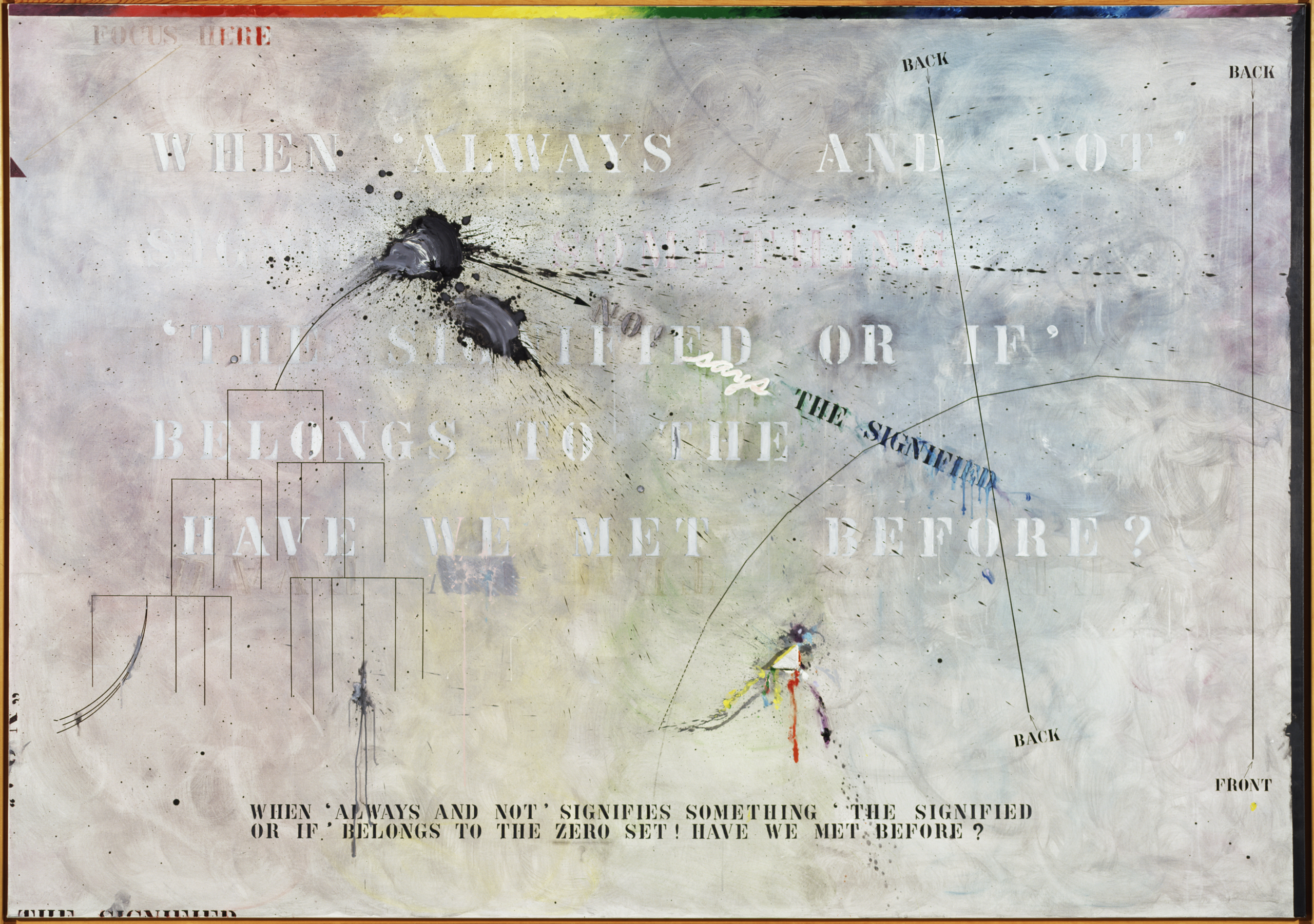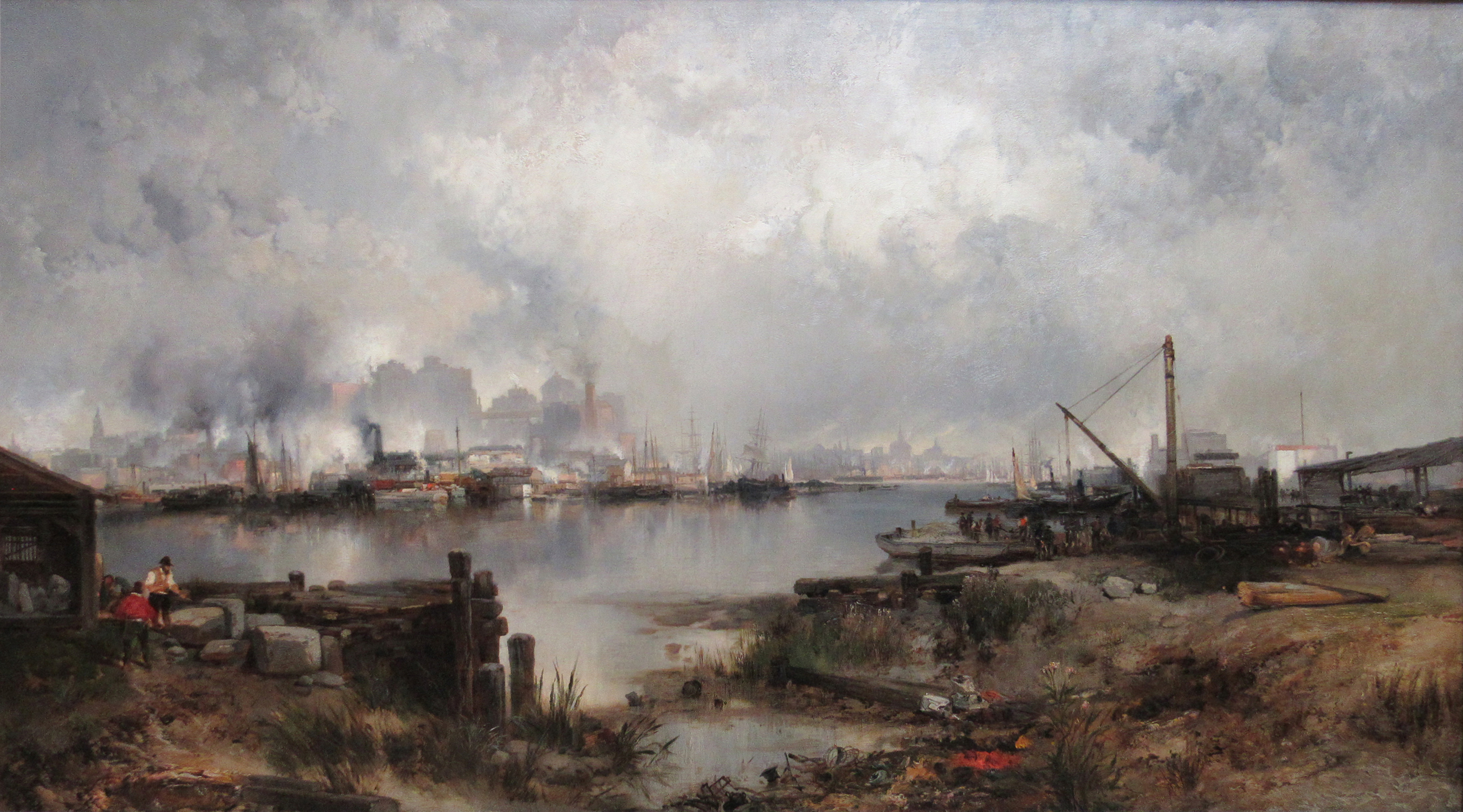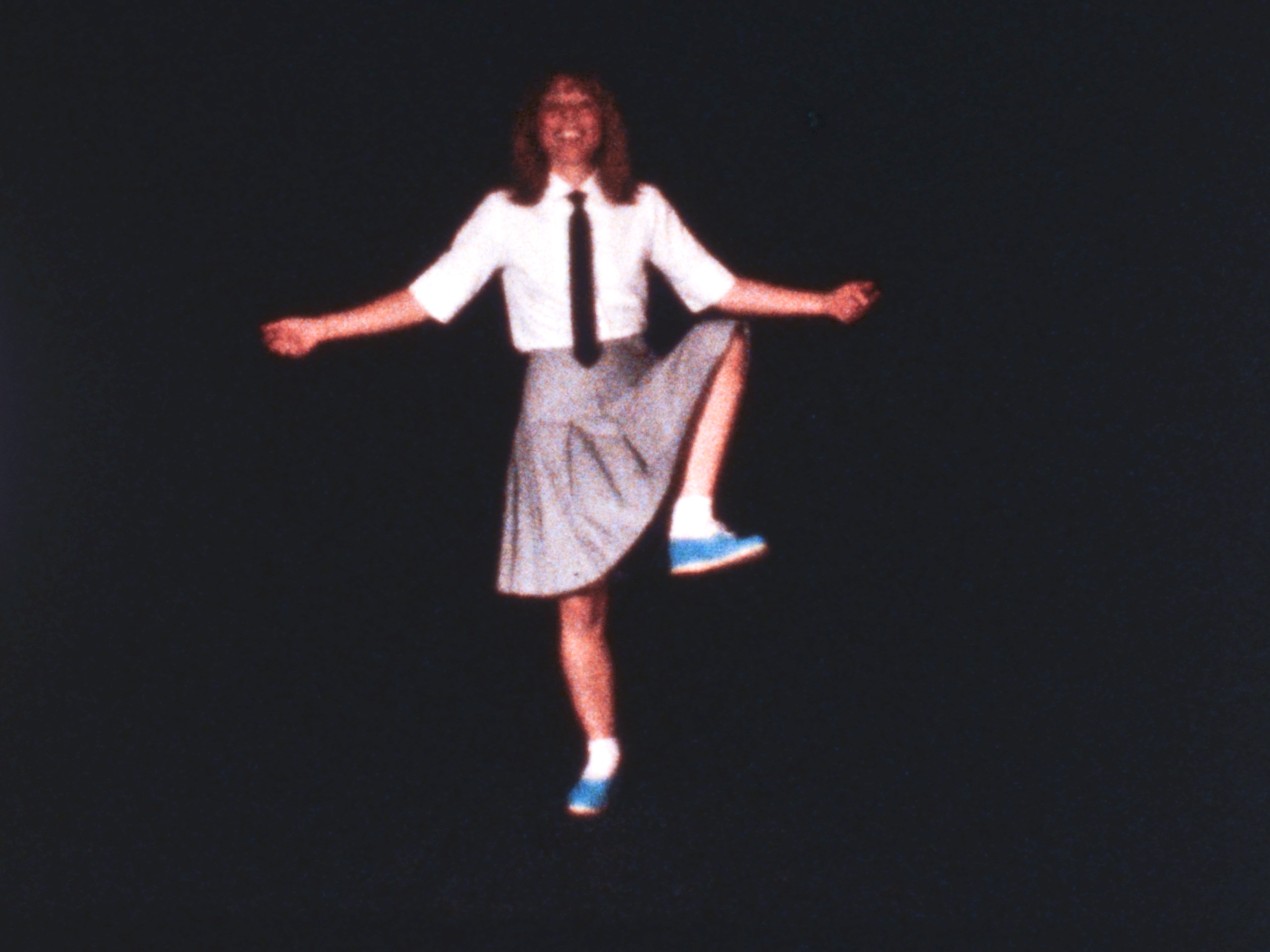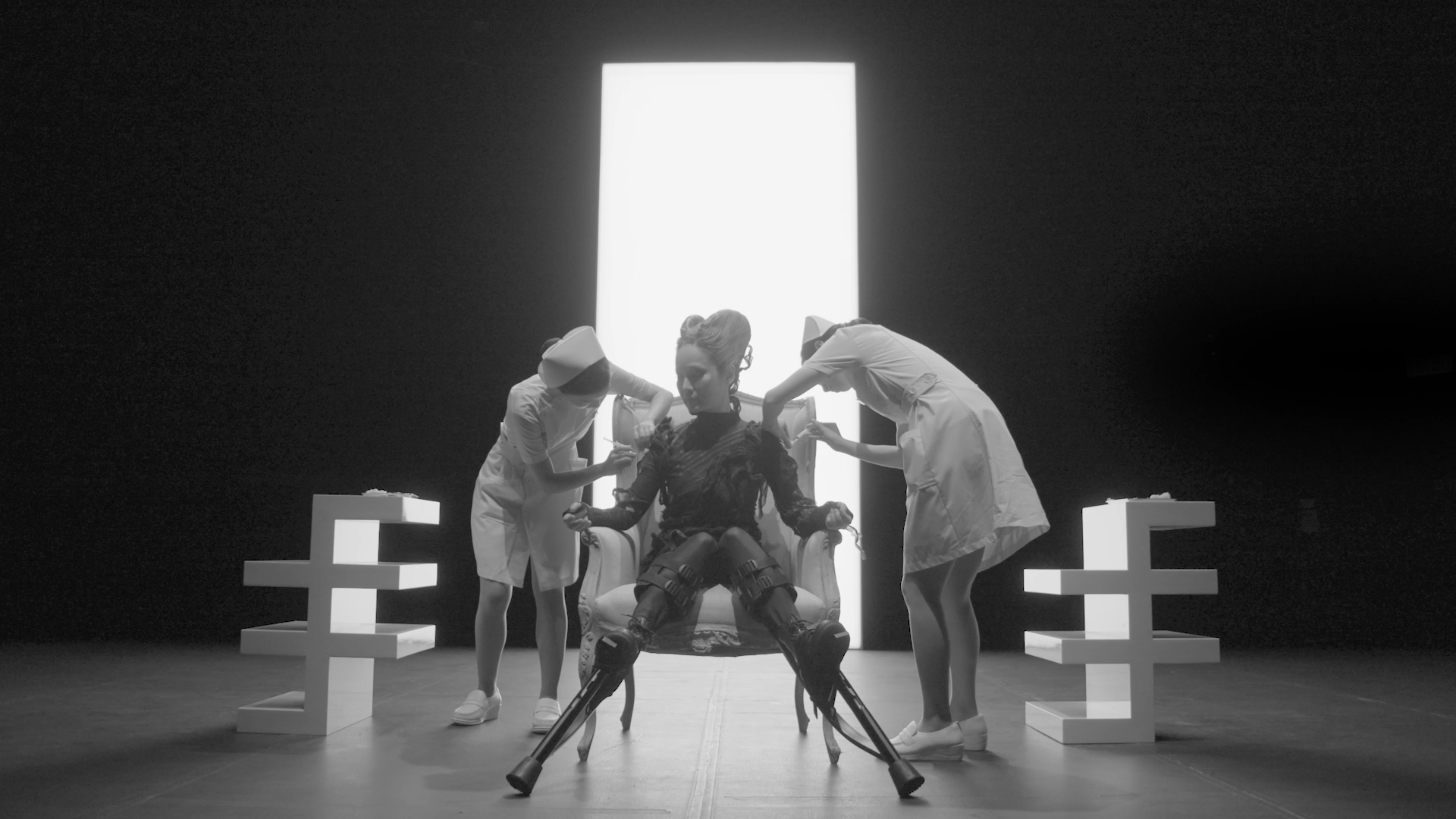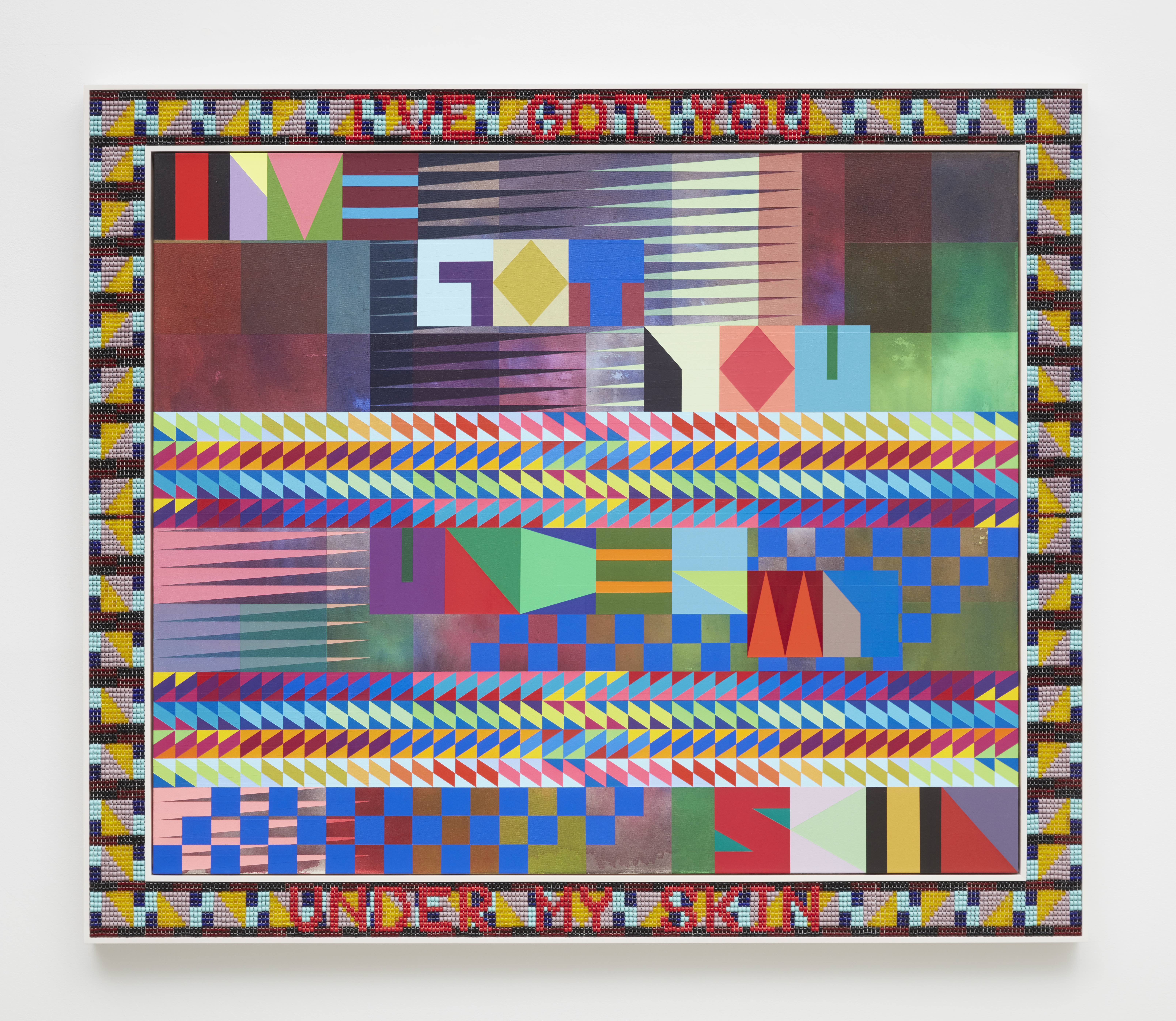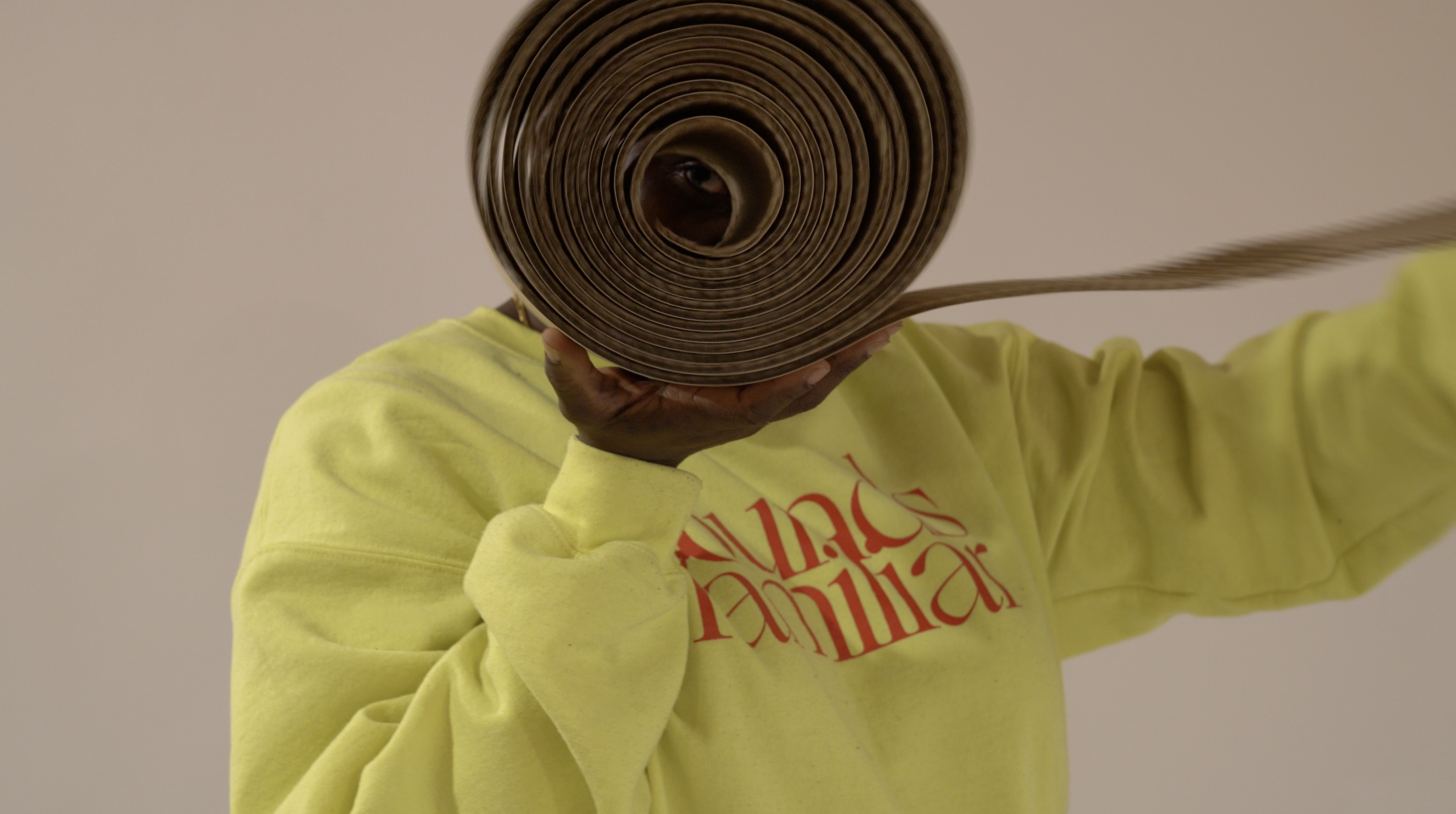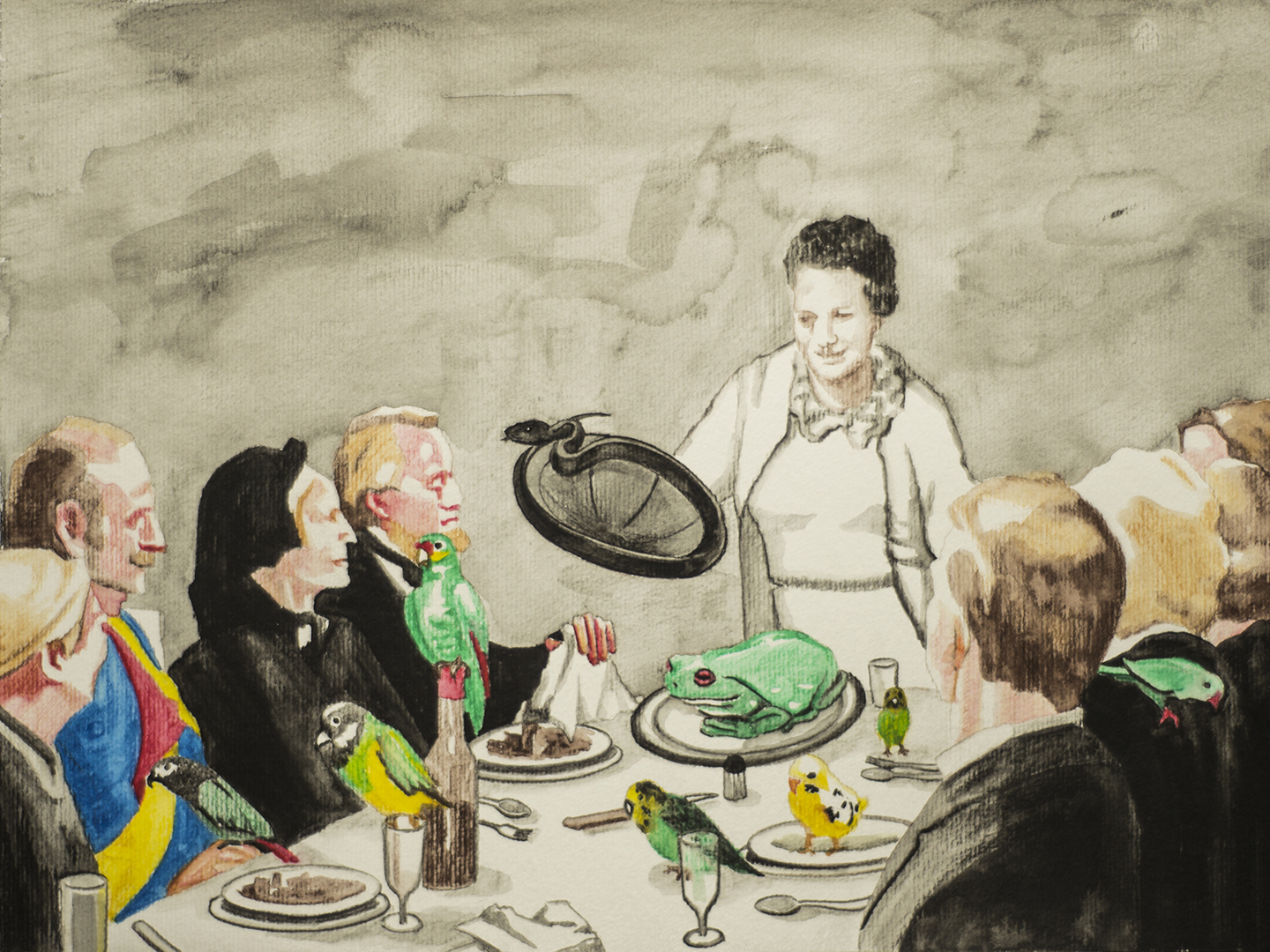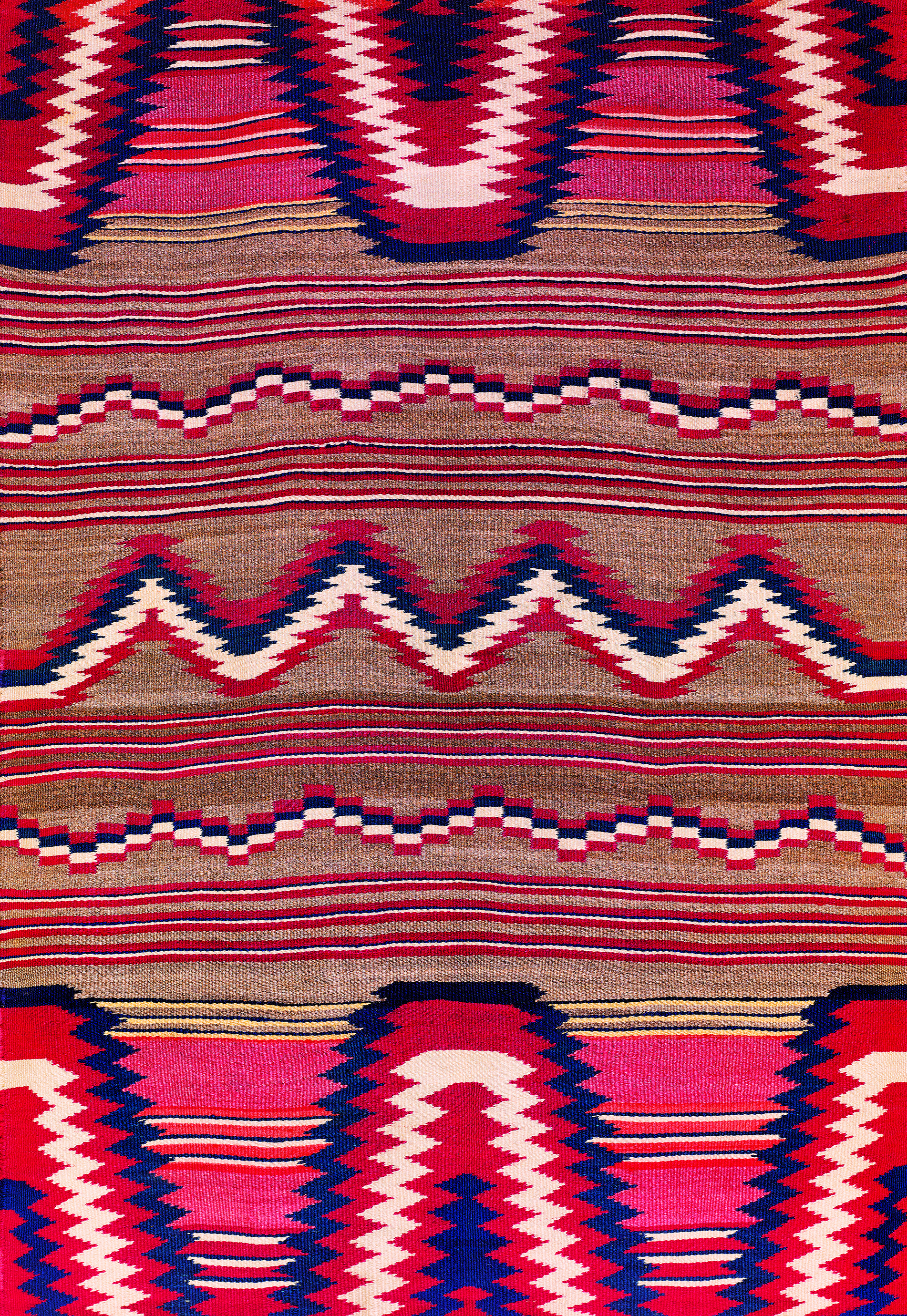July 9–October 1, 2022
Lenfest Center for the Arts
615 West 129th Street (Enter W 125th Street, b/w Broadway & 12th Avenue)
New York NY
Dead Lecturer / distant relative: Notes from the Woodshed, 1950–1980, gathers an archive of Asian American and African American visual art and poetics produced over two successive generations following the Second World War, in order to pose questions about the relationship between loss and kinship, history and memory, and race and abstraction.
The relation suggested by the exhibition’s title is not an Afro-Asian analogy[1] intended to elide structural differences in racial formation, but rather an open question regarding practices of history and memory in the interim between two modalities of appearance in the field of race. While both Asian American and African American racialization have been described in terms of the interanimation of invisibility and hypervisibility, the social and political constraints attributed these racialized modes of appearance are often understood to be so different that they are violently figured in opposition to one another according to myths of “good” and “bad” or criminal and model minorities.[2] Beyond contesting the ways in which Black art has been historically relegated outside of the category of abstraction as part of an anti-Black disavowal of African American capacity for abstract thought—or revealing the ways in which Asian art has been decontextualized and elevated as abstract, in disavowal of the degradation of Asian American social life in the United States—the exhibition seeks to address a set of attenuated intimacies and antagonisms across time, space and racial formation in order to call into question the way we remember a body of visual and verbal art produced during the third quarter of the 20th century.
The exhibition takes as its point of departure the understanding that anachronism, in the relay of temporalities of loss and revenance, reserve and exposure, functions as an integral part of histories of making by artists of color which are perpetually attended by cycles of forgetting and purported rediscovery. In observance of this uneven availability to historical narrative, the exhibition considers the featured works to be at once lost and found, “notes from the woodshed,”[3] their horizons of address yet to be determined. Rather than a survey of forgotten voices meant to reconstruct a canon, Dead Lecturer / distant relative reviews the question of voice radically opened by the historical emergence of this body of work, and rehearsed through the question of its remembrance in the present moment.
Instead of registering a chronicle of experiment in terms of the changes in approach to media that characterized a period during which developing social and political antagonisms were increasingly mapped onto polemics of aesthetic convention by artists and writers contesting the relationship between the artwork and the audience, the public and the private, Dead Lecturer / distant relative seeks to deepen these social and aesthetic considerations of address as they are articulated by a set of racial antagonisms with implications for problems of representation across media and compositional strategies. Rather than a heroic narrative which would position these artists to anticipate or innovate art historical modernities, the exhibition proposes an attention to submerged histories operating under the uneven distribution of a contemporaneity claimed, instituted and distributed according to the entitlements of race. Dead Lecturer / distant relative turns toward the modalities of reserve, of “not telling,”[4] both invoked by the works of these artists and invited by the problem of their recollection today. Drawing on a multifarious archive of refusal to prevailing modes of political and perceptual recognition and visibility, the exhibition seeks to locate experiment in practices of speculation and memory, asking what reconstructions of the prevailing languages of modernity, abstraction, voice, and the public have been and continue to be imagined by “those who refuse to represent.”[5]
Featured artists and writers in the exhibition include Pacita Abad, Charles Alston, Leo Amino, Shusaku Arakawa, Russell Atkins, Mei-mei Berssenbrugge, Bernice Bing, Vivian Browne, Beverly Buchanan, Theresa Hak Kyung Cha, Ching Ho Cheng, Beauford Delaney, Fred Eversley, Sarah Webster Fabio, Julia Fields, Charles Gaines, Sam Gilliam, Byron Goto, Joseph Goto, Jessica Hagedorn, Marvin Harden, Felrath Hines, Lawson Fusao Inada, Stephen Jonas, LeRoi Jones/Amiri Baraka, June Jordan, Bob Kaufman, Roy Kiyooka, Ted Kurahara, Elouise Loftin, Al Loving, Wong May, George Miyasaki, Emiko Nakano, Senga Nengudi, Win Ng, Jerry Tsukio Okimoto, Joe Overstreet, John Pai, Howardena Pindell, Adrian Piper, N. H. Pritchard, Martin Puryear, Ed Roberson, Kay Sekimachi, Thomas Sills, Lorenzo Thomas, Walasse Ting, Leo Valledor, Carlos Villa, José García Villa, Fred Wah, and Jack Whitten.
Curator bio
Genji Amino is a writer, curator and a doctoral candidate in the Columbia University Department of English and Comparative Literature. They were a 2021 Emerge-Surface-Be fellow at the Poetry Project, as well as the curator of Leo Amino: The Visible and the Invisible at David Zwirner Gallery (2020) and No Monument: In the Wake of the Japanese American Incarceration at The Noguchi Museum (2022).
[1] Frank Wilderson, “The Ruse of Analogy,” Black, Red and White (2010).
[2] Ellen D. Wu, The Color of Success (2013).
[3] Jack Whitten, Notes From the Woodshed (2018).
[4] Saidiya V. Hartman and Patricia J. Saunders, “Fugitive Dreams of Diaspora: Conversations with Saidiya Hartman” (2008).
[5] Fred Moten, “Blackness and Nonperformance” (2015).

